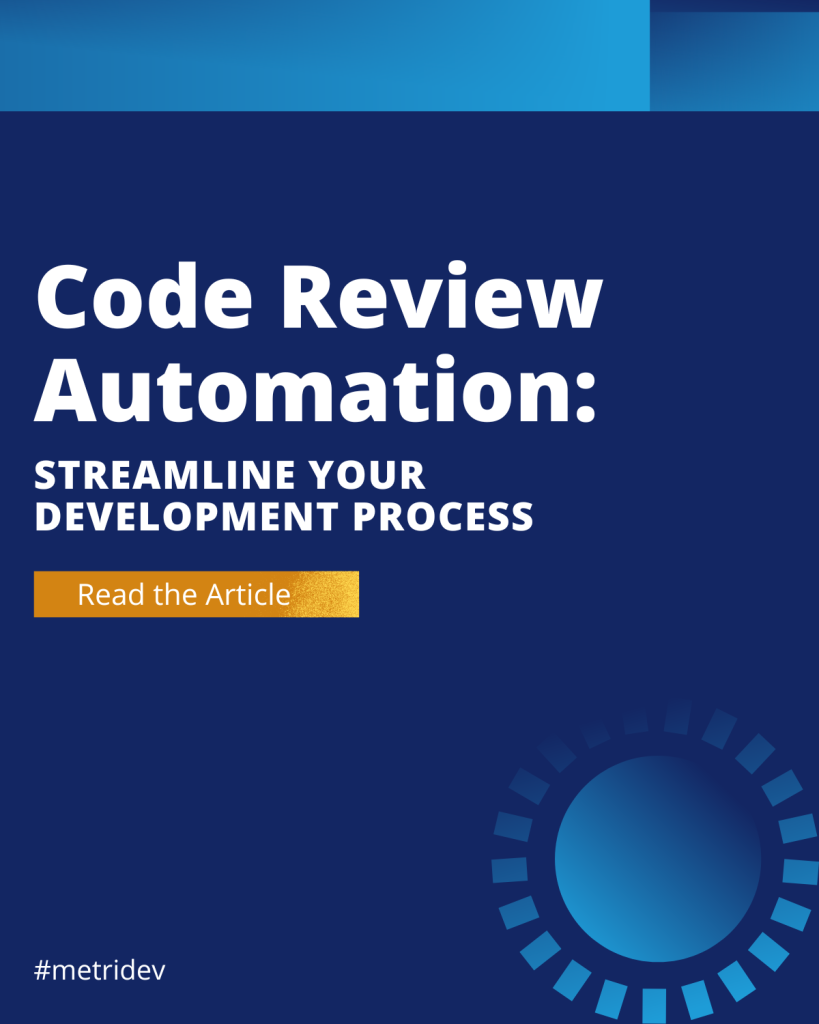Introduction to Dev Languages
Dev languages, also known as programming languages, are the foundation of software development. They enable developers to write code that instructs computers to perform specific tasks. With a wide variety of programming languages available, it is crucial to choose the right one for your development needs. This article will provide a step-by step approach to understanding and mastering dev languages, helping you make informed decisions in your programming journey.
Importance of Choosing the Right Programming Language
Choosing the right programming language is a critical decision for any developer. Each language has its own syntax, features, and purpose, making it suitable for specific types of projects. For instance, if you’re interested in web development, languages like HTML, CSS, and JavaScript are essential. On the other hand, if you’re focusing on data analysis, languages like Python and R are more suitable.
The choice of programming language also depends on factors such as project requirements, scalability, and community support. It is crucial to consider these aspects to ensure the success of your development endeavors. Picking the wrong language can lead to wasted time and effort, as well as limitations in the functionality and efficiency of your projects.
Which Language is Best for Dev?
The question of which language is the best for dev is subjective and depends on various factors. However, some languages have gained significant popularity and are widely considered to be powerful and versatile. One such language is Python. Known for its simplicity and readability, Python is widely used in a range of domains, including web development, data analysis, and artificial intelligence.
Another popular language is JavaScript. As the primary language for front-end web development, JavaScript allows developers to create interactive and dynamic web pages. It is also used in server-side development through frameworks like Node.js. Java, C++, and C# are also among the top choices for developers due to their wide range of applications and robustness.
What is the Top 1 Code Language?
Determining the top programming language can be subjective, as it depends on factors such as popularity, industry demand, and personal preferences. However, according to various surveys and rankings, JavaScript consistently ranks among the top programming languages. Its versatility, widespread use, and relevance in web development contribute to its popularity.
Python is another language that consistently ranks high on these lists. Its simplicity, readability, and extensive libraries make it a preferred choice for beginners and experienced developers alike.
Popular Dev Languages in the Industry
The industry’s demands encompass a diverse array of programming languages to address varied requirements. Among the popular choices are JavaScript, recognized for its widespread use in web development and crafting interactive user interfaces. Python, esteemed for its simplicity and adaptability, finds application in web development, data analysis, and artificial intelligence endeavors. Java emerges as a stalwart for enterprise application development, Android app creation, and the execution of large-scale projects. C++, renowned for its efficacy in performance-critical applications, game development, and systems programming, stands as another prominent option. Similarly, C# finds its niche primarily within Microsoft technologies, contributing to Windows development and game creation. These languages benefit from robust community support, extensive libraries, and frameworks, rendering them indispensable selections for developers across various domains.

What are the 4 Types of Programming Language?
Programming languages can be broadly classified into four types, each with its distinct approach to problem-solving. Firstly, Procedural Languages, such as C, Pascal, and Fortran, follow a step-by-step procedure to address challenges. Object-Oriented Languages, including Java, C++, and Python, organize code around objects and their interactions, fostering modularity and reusability. Functional Languages, exemplified by Haskell, Lisp, and Erlang, conceptualize computation as the evaluation of mathematical functions, emphasizing immutability and declarative programming paradigms. Finally, Scripting Languages, like JavaScript, Python, and Ruby, are often interpreted and leveraged for task automation or web development purposes. Familiarity with these categories enables you to make informed decisions, tailoring your language choice to match project requirements and personal coding preferences.
Step-by-Step Approach to Learning a Dev Language
Learning a dev language requires a systematic approach to build a strong foundation. Here is a step-by-step approach to mastering a programming language:
- Choose a Language: Research and select a language based on your goals, project requirements, and industry demand.
- Set a Learning Path: Break down the learning process into manageable steps, starting with the basics and gradually progressing to advanced concepts.
- Study the Syntax: Familiarize yourself with the language’s syntax, including keywords, data types, variables, and control structures.
- Practice with Examples: Apply your knowledge by practicing coding examples and solving small problems. This helps reinforce concepts and build confidence.
- Build Small Projects: Undertake small projects that align with your learning objectives. This allows you to apply your skills in practical scenarios and gain hands-on experience.
- Leverage Online Resources: Utilize online tutorials, documentation, and coding exercises to enhance your learning. Online platforms like Codecademy, Coursera, and freeCodeCamp offer valuable resources for beginners and advanced learners alike.
- Join Developer Communities: Engage with developer communities, forums, and social media groups to connect with like-minded individuals, seek advice, and learn from experienced developers.
- Stay Updated: Keep up with the latest trends, libraries, and frameworks in your chosen language. This ensures you stay relevant and adapt to evolving industry practices.
By following this step-by-step approach, you can gradually build your proficiency in a programming language and become a skilled developer.
Resources for Learning Dev Languages
To embark on the journey of learning a programming language, one must have access to quality resources that offer structured learning opportunities. Online courses from platforms such as Udemy, Coursera, and edX, taught by industry professionals, serve as excellent starting points. Interactive learning platforms like Codecademy, freeCodeCamp, and LeetCode offer engaging coding exercises and challenges to reinforce learning. Additionally, reference books and documentation specific to the chosen language provide in-depth insights. Video tutorials found on YouTube and other platforms offer visual aids and coding walkthroughs. Engaging with developer communities on platforms like Stack Overflow, Reddit, and GitHub fosters collaboration, guidance-seeking, and contribution to open-source projects. For a more immersive experience, coding bootcamps provide intensive, hands-on training in programming languages. Exploring multiple resources tailored to individual learning styles and goals is essential. Combining theoretical knowledge with practical application is paramount for mastering a programming language.
Tips for Mastering a Dev Language
Mastering a dev language requires dedication, practice, and continuous learning. Here are some tips to help you become proficient in a programming language:
- Start with the Basics: Begin by mastering the fundamental concepts of the language, such as variables, data types, and control structures. A strong foundation is crucial for further learning and development.
- Practice Daily: Dedicate time each day to practicing coding. Consistent practice reinforces concepts and improves coding skills. Solve coding challenges or work on small projects regularly to keep your skills sharp.
- Read Code: Analyze code written by experienced developers to gain insights into different coding styles and best practices. Reading code not only expands your knowledge but also helps you learn from others’ experiences.
- Work on Real Projects: Apply your skills to real-world projects to gain practical experience. Real projects present unique challenges that can help you grow as a programmer and provide valuable learning opportunities.
- Get Feedback: Seek feedback from experienced developers or participate in code reviews. Constructive criticism helps you identify areas for improvement and refine your coding style.
- Collaborate with Others: Join coding groups or contribute to open-source projects to collaborate with other developers. Collaborating with peers exposes you to diverse perspectives and allows for shared learning experiences.
- Stay Curious: Embrace a curious mindset and keep exploring new features, libraries, and frameworks. Technology is constantly evolving, and staying curious will help you adapt to changes and remain relevant in the ever-changing tech industry.
By following these tips, you can accelerate your learning process and become a proficient developer in your chosen language.
Web Development and Dev Languages
Web development heavily relies on programming languages to craft dynamic and interactive websites. Among the essential languages for web development are HTML, CSS, and JavaScript. HTML, known as Hypertext Markup Language, serves as the foundation by providing the structure and content of web pages, defining elements and their arrangement. CSS, or Cascading Style Sheets, complements HTML by controlling the visual presentation, determining layout, colors, fonts, and overall styling. JavaScript, on the other hand, injects interactivity and dynamic functionality into web pages, enabling actions such as form validation, animations, and AJAX requests. These three languages synergize to craft engaging and user-friendly web experiences, forming the backbone of modern web development and serving as indispensable skills for aspiring web developers.
What are the 3 Basic Programming Concepts?
To comprehend programming languages thoroughly, it is imperative to grasp the three basic programming concepts. Firstly, variables serve as containers for storing and manipulating data, allowing values to be altered during program execution. Secondly, control structures dictate the flow of program execution, incorporating conditional statements (if-else) and loops (for, while) to manage the sequence and repetition of code. Lastly, data structures organize and manage data within a program, exemplified by arrays, lists, and dictionaries, facilitating efficient data manipulation and retrieval. These fundamental concepts underpin programming and are universally applicable across different programming languages. Mastering them not only lays a solid foundation but also enhances the ability to craft efficient and logically structured code.
The Future of Dev Languages
The field of dev languages is constantly evolving, driven by technological advancements and changing industry needs. Some trends and developments that shape the future of dev languages include:
1. Artificial Intelligence and Machine Learning: Languages like Python and R are gaining popularity in the field of AI and machine learning. As these domains continue to grow, the demand for these languages is expected to increase.
2. Web Assembly: Web Assembly allows developers to run high-performance code on the web, transcending the limitations of JavaScript. This technology opens up new possibilities for using various programming languages in web development.
3. Low-Code and No-Code Development: Low-code and no-code platforms enable developers to create applications without writing extensive code. These platforms abstract away the complexities of programming languages, making development more accessible to non-technical users.
4. Functional Programming: Functional programming languages like Haskell and Scala are gaining popularity due to their ability to handle complex systems and parallel processing. As the need for high-performance computing grows, functional languages may become more prevalent.
5. Internet of Things (IoT): IoT devices require programming languages that can handle embedded systems and resource-constrained environments. Languages like C and C++ are widely used in IoT development, and their relevance is expected to increase with the proliferation of IoT devices.
To stay relevant in the future of dev languages, developers should adapt to emerging technologies, learn new languages, and keep their skills up to date.
Android App Dev Language
For developing Android applications, Java and Kotlin are the primary programming languages. Java has been the traditional language for Android development and has a vast ecosystem of libraries and tools. However, Kotlin, a modern and concise language, has gained significant popularity due to its enhanced features and seamless interoperability with Java.
Kotlin offers benefits like reduced boilerplate code, enhanced null safety, and improved readability. It has become an official language for Android development, and many developers prefer it over Java.
When choosing between Java and Kotlin for Android app development, it is essential to consider factors such as project requirements, team expertise, and compatibility with existing codebases. Both languages have their strengths, and the choice depends on the specific needs of the project.
Conclusion
Choosing the right dev language is crucial for successful software development. It requires careful consideration of project requirements, industry trends, and personal preferences. By following a step-by-step approach, dedicating time for learning, and leveraging available resources, developers can master a programming language and excel in their chosen field. As technology continues to evolve, staying curious and adaptable will be key to staying ahead in the ever changing landscape of dev languages.
To learn more about DevOps, read our article about Bit Rot. And if you enjoyed the reading, share it on your social media😉
IT METRICS TO BECOME AN EXPERT















Leave a Reply